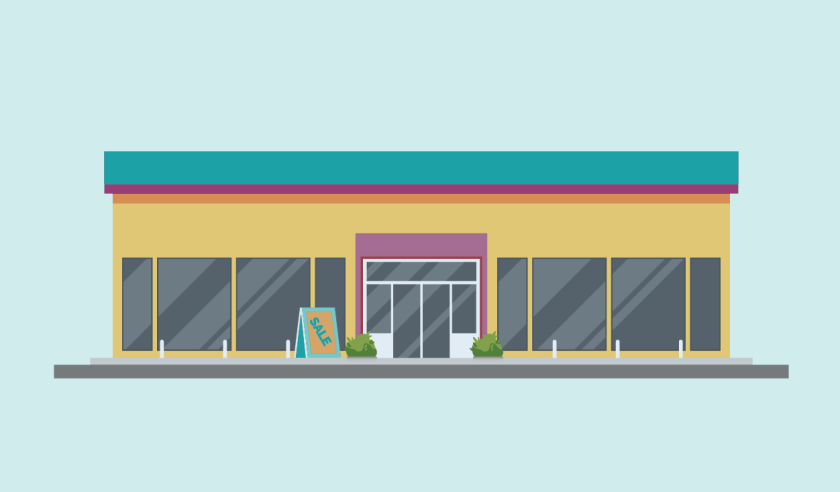
Despite the California wildfires, uncertainty over tariffs, and a looming global trade war, the commercial property market is the most competitive it has been in years, sources told Insurance Insider US.
Rates

Despite the California wildfires, uncertainty over tariffs, and a looming global trade war, the commercial property market is the most competitive it has been in years, sources told Insurance Insider US.
Rates